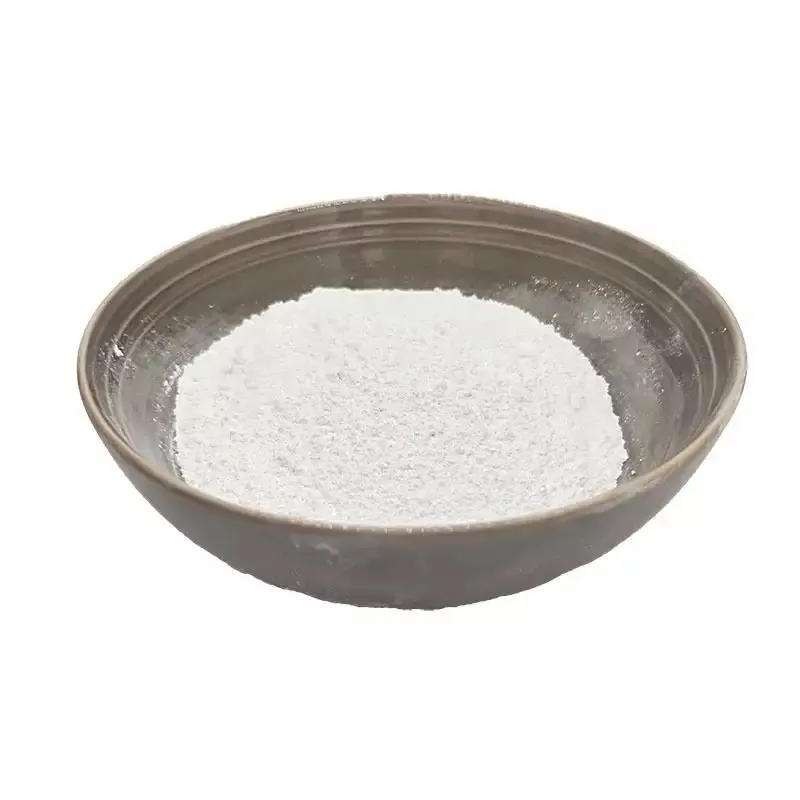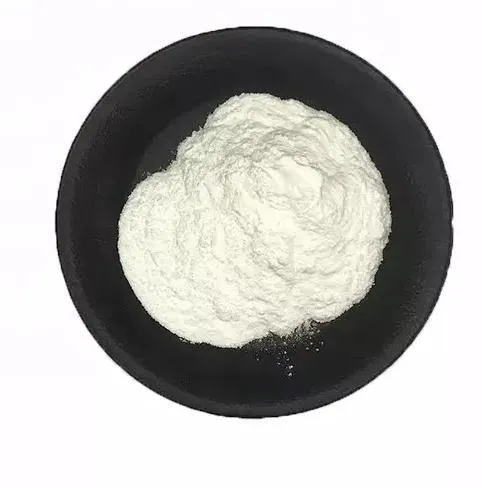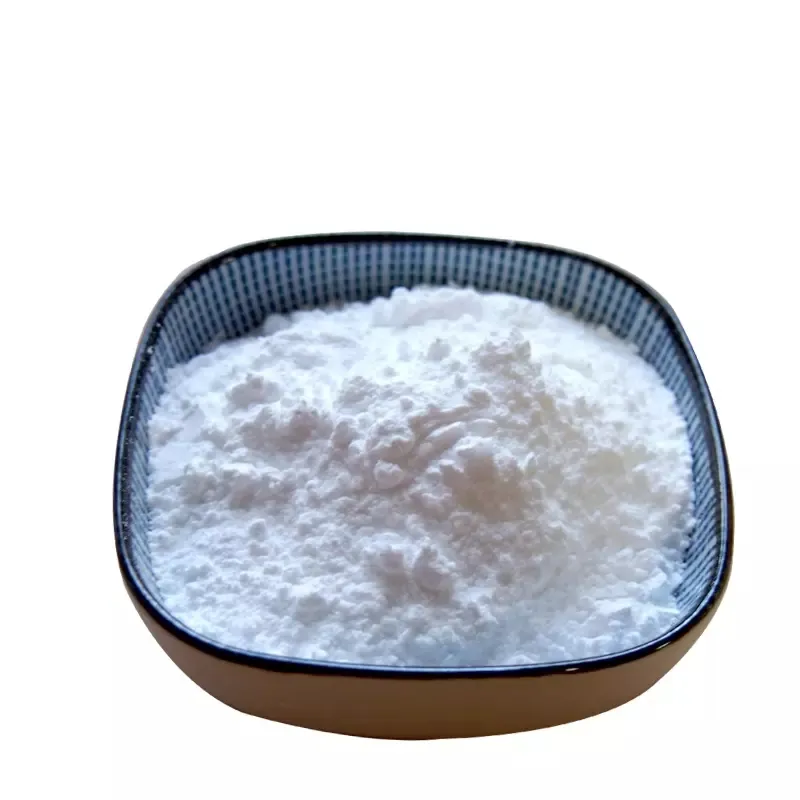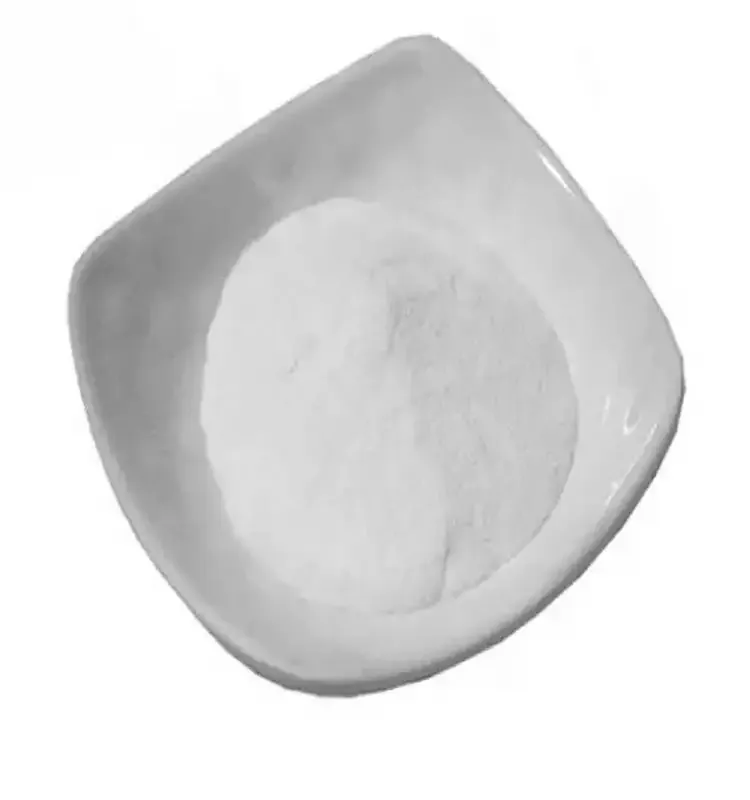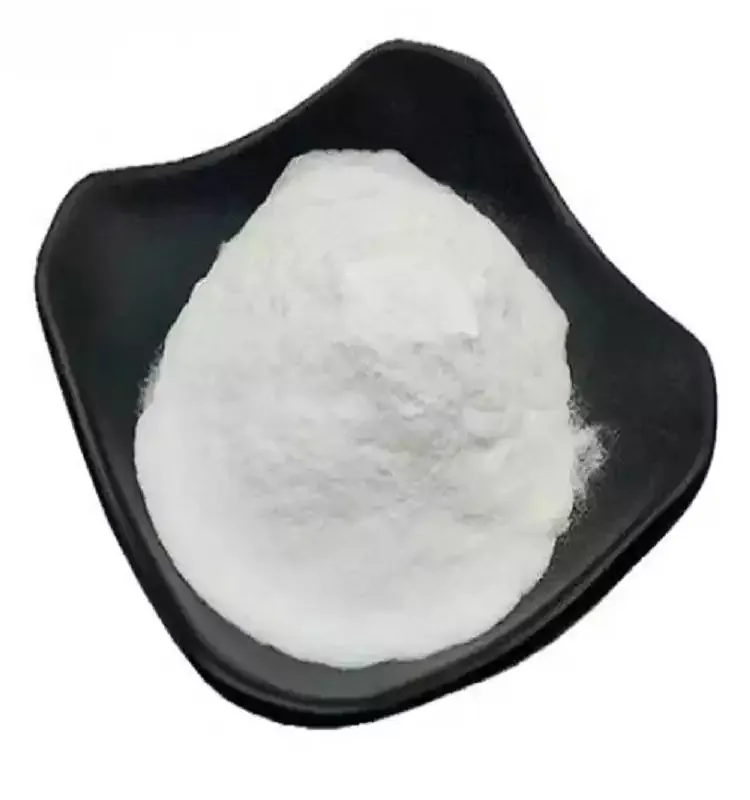As the global demand for high-quality excipients continues to rise, Magnesium Stearate stands as an indispensable additive for pharmaceutical, nutraceutical, plastics, food, and cosmetics manufacturing. This article presents a comprehensive analysis of Magnesium Stearate, covering up-to-date industry trends, key technical parameters, application cases, manufacturing process, and in-depth vendor and data comparisons. All information is substantiated by industry standards and relevant certification data.
1. Industry Landscape and Market Trends
The Magnesium Stearate market is experiencing robust expansion, predicted to grow at a CAGR of 5.1% from 2022–2028 (MarketWatch, 2023). Increased use in compressed tablets, polymer processing, and food fortification underpins this ascent. North America and Asia-Pacific remain dominant markets due to advanced pharmaceutical and nutraceutical industries.
- Global Demand (2023): ~32,000 tons
- Key End-Use Sectors: Pharmaceuticals (55%), Plastics (20%), Food (12%), Cosmetics (8%), Others
- Highest Standard Compliance: FDA, USP, EP, JP, GB1903.6, ISO 9001:2015
Market Share by Application (2023, %)
2. Magnesium Stearate Manufacturing Process: Flowchart & Key Technical Nodes
2.1 Detailed Manufacturing Steps
Step 1:
High-purity Stearic Acid Preparation
(Raw Source QC under ISO 9001:2015)
→
Step 2:
Reaction with Mg(OH)2 or MgO
Controlled Saponification (Batch Reactor)
→
Step 3:
Filtration & Washing
Removes excess ions, controls pH
→
Step 4:
Drying (≤ 105°C, Vacuum preferred)
Keeps residual moisture ≤ 4%
→
Step 5:
Milling & Sieving (CNC-controlled)
D90 particle size: 10-45 μm (ISO 13320)
→
Final QC:
Analytical Testing, Packing (GMP ISO 22000)
*Process flow validated to meet USP/NF, Ph.Eur. and FDA 21 CFR 172.863 standards.
2.2 Technical Parameters & Industry-Standard Specifications
| Property |
Standard Value / Range |
Test Method |
Industry Compliance |
| Appearance |
White, fine powder |
Visual/USP |
USP NF, Ph.Eur, ISO 9001 |
| Assay (% as Mg(C18H35O2)2, dry) |
≥ 96.0 |
Titration |
USP, EP, JP |
| Magnesium content (%) |
4.0–5.0 |
Gravimetric |
USP, FCC, GB |
| Heavy Metals (ppm) |
< 10 |
ICP-MS |
USP, FDA |
| Moisture content (%) |
< 4.0 |
ISO 787-2 |
ISO/FDA |
| Particle Size (D90, μm) |
15–42 |
ISO 13320 |
ISO |
| Bulk Density (g/ml) |
0.13–0.21 |
Ph.Eur. 209, USP 616 |
EP/USP |
| Residue on Ignition (%) |
6.8–8.3 |
USP/EP |
FDA/EP/USP |
2.3 Key Manufacturing Features
- Casting & Reaction Control: Ensures even saponification using controlled-pressure reactors for homogeneous product.
- Milling (CNC-based): Guarantees consistent particle size – vital for tablet disintegration and lubricant efficacy.
- High Standard QC: Multi-level testing (ICP-MS, FTIR, loss on drying, trace metal analysis).
- Compliance & Traceability: Batch records, GMP certification, and FDA/USP/EP alignment.
- Packaging: Pharma-grade HDPE drums or composite bags; custom inner liners for moisture protection.
3. Technical Advantages and Application Scenarios
3.1 Advantages of Magnesium Stearate
- Tablet Lubrication: Reduces punches sticking, lowers ejection force (pharmaceuticals, nutraceuticals).
- Processability: Enhances flowability of powders and minimizes die wall friction.
- Thermal Stability: Melting point over 88–112°C, suitable for hot-compression.
- Hydrophobic Barrier: Boosts shelf-life and moisture resistance (cosmetics, food & plastics).
- Chemical Inertness: Does not react with most APIs or excipients.
- Food & Pharma Compliant: Non-toxic, safe up to 2500 mg/kg as per FDA/WHO/EFSA.
3.2 Application Scenarios & Industry Use Cases
1. Pharmaceuticals & Nutraceuticals:
- Lubricant in direct compression tableting and encapsulation – improves tablet uniformity and minimizes capping.
- Common in metformin, ibuprofen, multivitamin, and effervescent tablets.
2. Plastics & Rubber:
- Processing aid/antiblocking agent for PE, PP, PVC; enhances fusion and reduces static.
3. Food Processing:
- Anti-caking agent in powdered spices, infant formula, and bakery premixes (meets E470b, FCC, FDA 21 CFR 172.863).
4. Cosmetics:
- Dry lubricant and flow enhancer in pressed powders, foundations, and eyeshadows (USP, CIR certified).
Typical Customer Feedback:
- “Switching to Magnesium Stearate increased our tableting speed by 21% while reducing wastage by 18%.” – Pharmaceutical Lead, EU
- “Zero clogging in encapsulation lines post-upgrade; compliance audits now pass smoothly.” – Nutraceutical Plant Manager, US
4. Supplier Comparison: Magnesium Stearate Market Leaders
| Supplier |
Origin |
Key Certifications |
Purity (%) |
Particle Size D90 (μm) |
Batch Traceability |
Lead Time |
| DS Biochemical (Link) |
China |
ISO 9001, GMP, FDA, USP |
98.9 |
25 |
Yes, e-Docs |
7–12 days |
| Peter Greven |
Germany |
ISO 22000, Kosher, Halal |
98.5 |
22 |
Yes |
18–21 days |
| Faci S.p.A. |
Italy |
ISO 9001, BRC, USP |
97.9 |
28 |
Partial |
12–18 days |
| Baerlocher |
Germany |
ISO 9001, ISO 14001 |
98.2 |
35 |
No |
17–28 days |
| Nouryon |
Netherlands |
GMP, HACCP |
97.0 |
40 |
Yes |
22–29 days |
5. Custom Solutions & OEM/ODM Services
Leading Magnesium Stearate manufacturers offer tailored grades for specialized needs:
- Microfine Grade (D90 < 10μm): For high-speed tableting/flow.
- Sterilized, Pyrogen-Free: Injectable or parenteral applications (meets USP 43-NF 38).
- Food/Infant-Grade: Stringent allergen and trace metal controls (EN 71-3, Codex/GB 29938–2020).
- Halal/Kosher/Vegan certifications: For global market demands.
- Custom packing (25kg, 50kg, 500kg big bags; pharma drums with tamper seals)
- On-site process audits and cGMP consultation.
Get a Customized Magnesium Stearate Solution
6. Magnesium Stearate Application Cases
Case 1: Pharmaceutical Tabletting (India)
Background: Major generic drugmaker faced excess sticking and downtime in metformin production.
Intervention: Switched to high-purity Magnesium Stearate (ISO/USP GMP grade) with fine particle (
Outcome: Compressing speed rose by 27%, energy use per batch dropped 13%, and pass-rate improved to 99.98%.
“Direct compression went from labor-intensive to seamless – validated by our own FDA audit.”
Case 2: Food-Grade Anti-Caking (EU)
Background: Powdered infant food clumped severely in humid conditions.
Intervention: Adopted food-grade Magnesium Stearate, E470b, within 250mg/kg (EFSA guideline).
Outcome: Caking nearly eliminated, shelf-life extended 6 months, no regulatory issues—confirmed by local FSSAI inspection report.
Case 3: Cosmetic Formulation (USA)
Background: Multinational beauty brand sought a matte-flow agent for pressed powder.
Intervention: Introduced USP-certified Magnesium Stearate, median d50 < 6 μm.
Outcome: Finer product texture, improved batch yield, overall sales up 7.7% post-reformulation.
7. Magnesium Stearate Technical FAQ
Q1: What is the chemical structure and CAS number of Magnesium Stearate?
A1: The molecular formula is Mg(C18H35O2)2; CAS no.: 557-04-0. It consists of magnesium ions bonded to stearate, a saturated long-chain fatty acid anion.
Q2: What are the standard particle size options and why do they matter?
A2: Standard D90 ranges are 10–45 μm; microfine grades <10 μm are available. Finer grades ensure superior powder flow and tablet disintegration, vital for high-speed tableting (ISO 13320 tested).
Q3: Which international standards govern the quality of Magnesium Stearate?
A3: Key standards include USP/NF, Ph.Eur., JP, ISO 9001:2015, FDA 21 CFR 172.863 (food), and FCC/E470b (food additive).
Q4: What shelf life and storage conditions apply?
A4: Typical shelf life is 2–3 years, stored in sealed container111s at <30°C, humidity <50%, away from acids or strong oxidizers (complies with GMP storage guidelines).
Q5: Is Magnesium Stearate safe and suitable for use in infant or clinical nutrition?
A5: Yes, up to 2500 mg/kg (food, JECFA/EFSA). For infant grade, batch heavy metals, allergens, and purity are tightly controlled, per GB 29938–2020 and USP/NF.
Q6: How can I ensure consistency and traceability in supplied lots?
A6: Opt for manufacturers with full batch traceability, electronic COA, and on-site audits (ISO 9001 and GMP certified plants offer maximum consistency).
Q7: What is the typical lead time, and are bulk/OEM orders supported?
A7: Industry averages: 7–20 days ex-works for standards, 15–28 days for custom/OEM; most large suppliers offer bulk and custom packaging, with technical consultation for scale-up (cGMP, OEM/ODM compliant).
8. Delivery, Quality Assurance, and Support
- Delivery Cycle: Stock grades ship in 3–7 days; custom/OEM grades 12–21 days (sea/air, EXW/FOB). Logistics partners: DHL, Maersk, Cosco.
- Quality Guarantee: 100% compliance guarantee; COA and analytics included with each lot. Full refund/replace if out of spec.
- After-sale Support: 24/7 tech support, product revalidation, supply chain tracking.
For quotations or technical consultations, please visit Magnesium Stearate official page.


